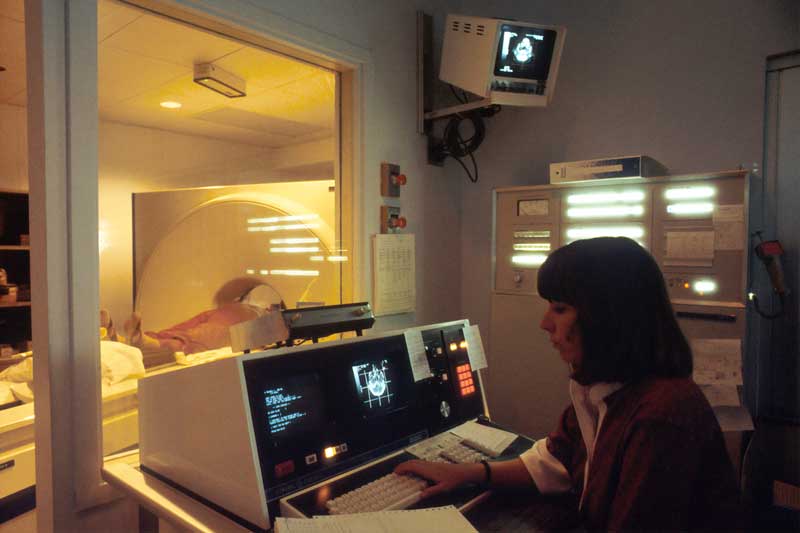Low-dose computed tomography (also called a low-dose CT scan) is a screening test for lung cancer.
Who is eligible for screening? As per recommendations by the U.S. Preventive Services Task Force (USPSTF), a yearly lung cancer screening is recommended for people who
- Have a 20 pack-year or more smoking history, and
- Are current smokers or have quit smoking within the past 15 years, and
- Are between 50 and 80 years old
- Do not have any current symptoms of lung cancer
A pack-year is smoking is a calculation of # of packs smoked per day multiplied by number of years.
What are the benefits of screening?
- Early Diagnosis of lung cancer
What are some of the risks of screening?
Due to certain risks associated with lung cancer screening with a low dose CT scan, the screening test is only recommended for people who are at high risk of developing lung cancer that is based on their age, smoking history, and normal anticipated life expectancy.
- A False-positive result: The test can say that a person has lung cancer when no cancer is actually present. This could lead to more follow-up tests, procedures, and surgeries that are not needed and these interventions may have more risks.
- Overdiagnosis: A lung cancer screening test can find cases of cancer that may never have caused a problem for the patient. This can lead to treatments/therapies that are not necessary.
- Radiation exposure from repeated LDCT tests can cause cancer in otherwise healthy individuals.
When Should Screening for Lung Cancer Stop?
The USPSTF recommends stopping yearly screening for lung cancer when the person:
- Turns 81 years old, or
- Has not smoked in 15 or more years, or
- Develops a health problem that prevents treatment for lung cancer if it was discovered.
Speak to your doctor if you are interested lung cancer screening. Remember, the best way to decrease your risk of lung cancer is to not smoke and to avoid secondhand smoke. Lung cancer screening is not a substitute for quitting smoking.

